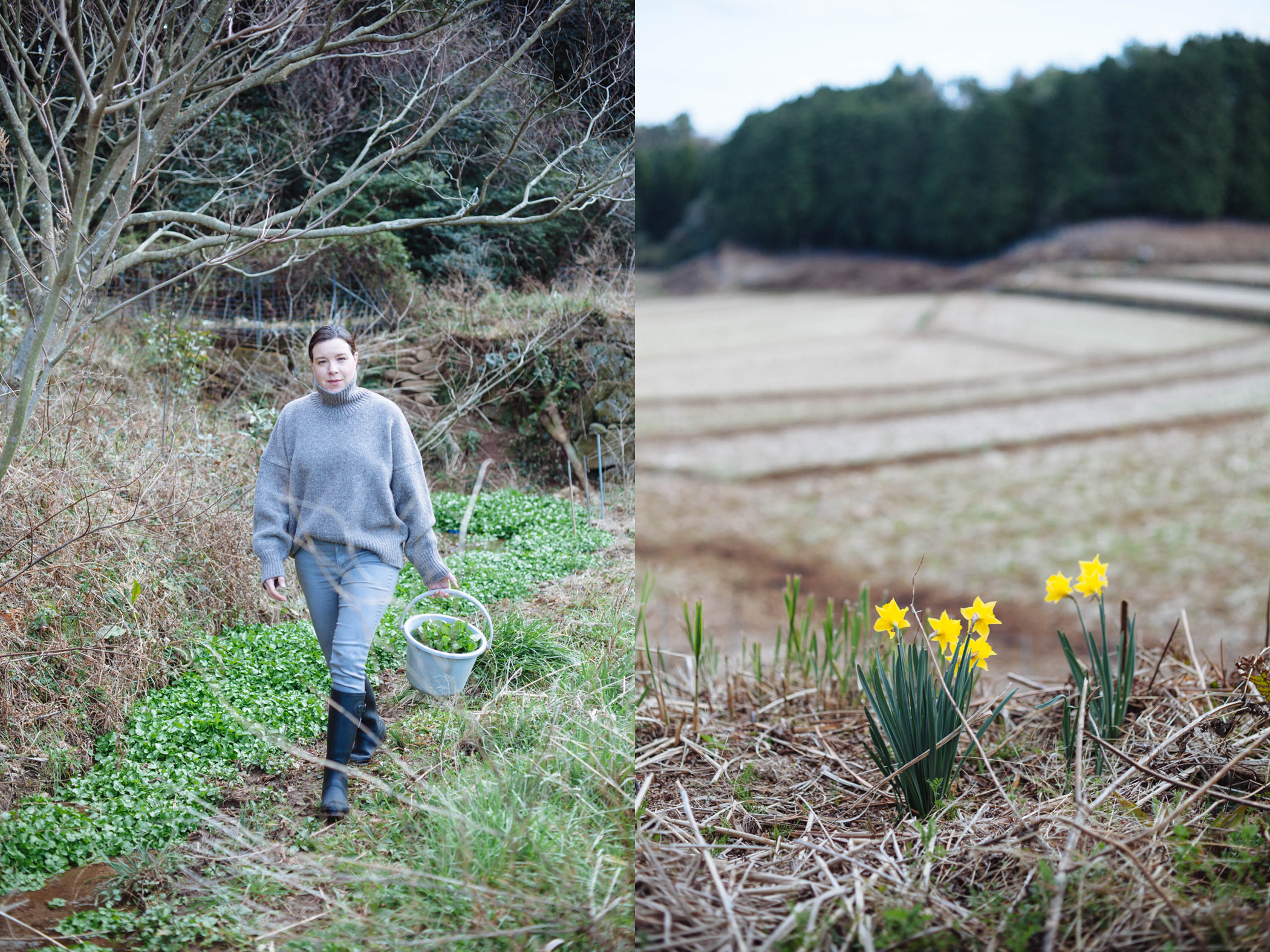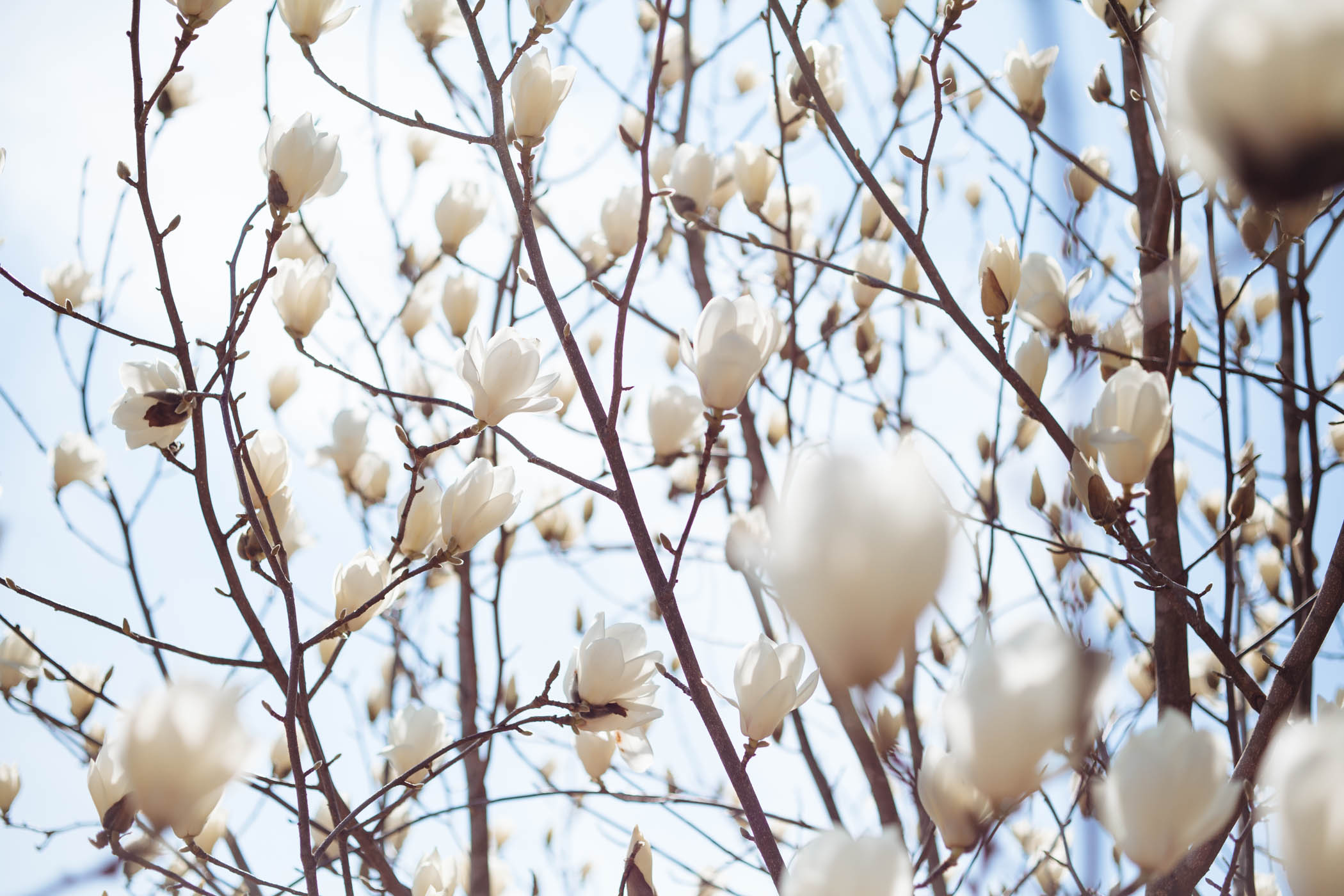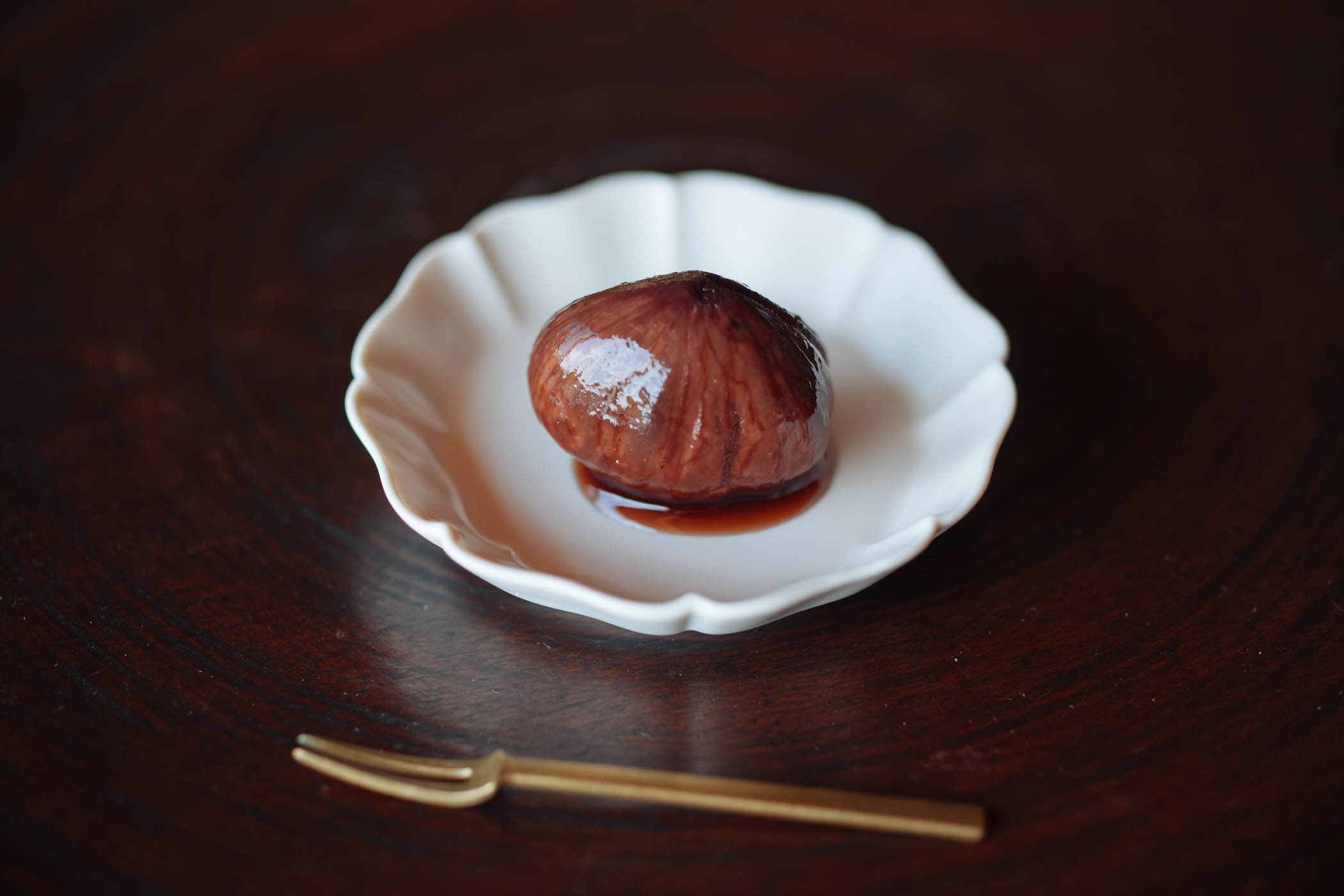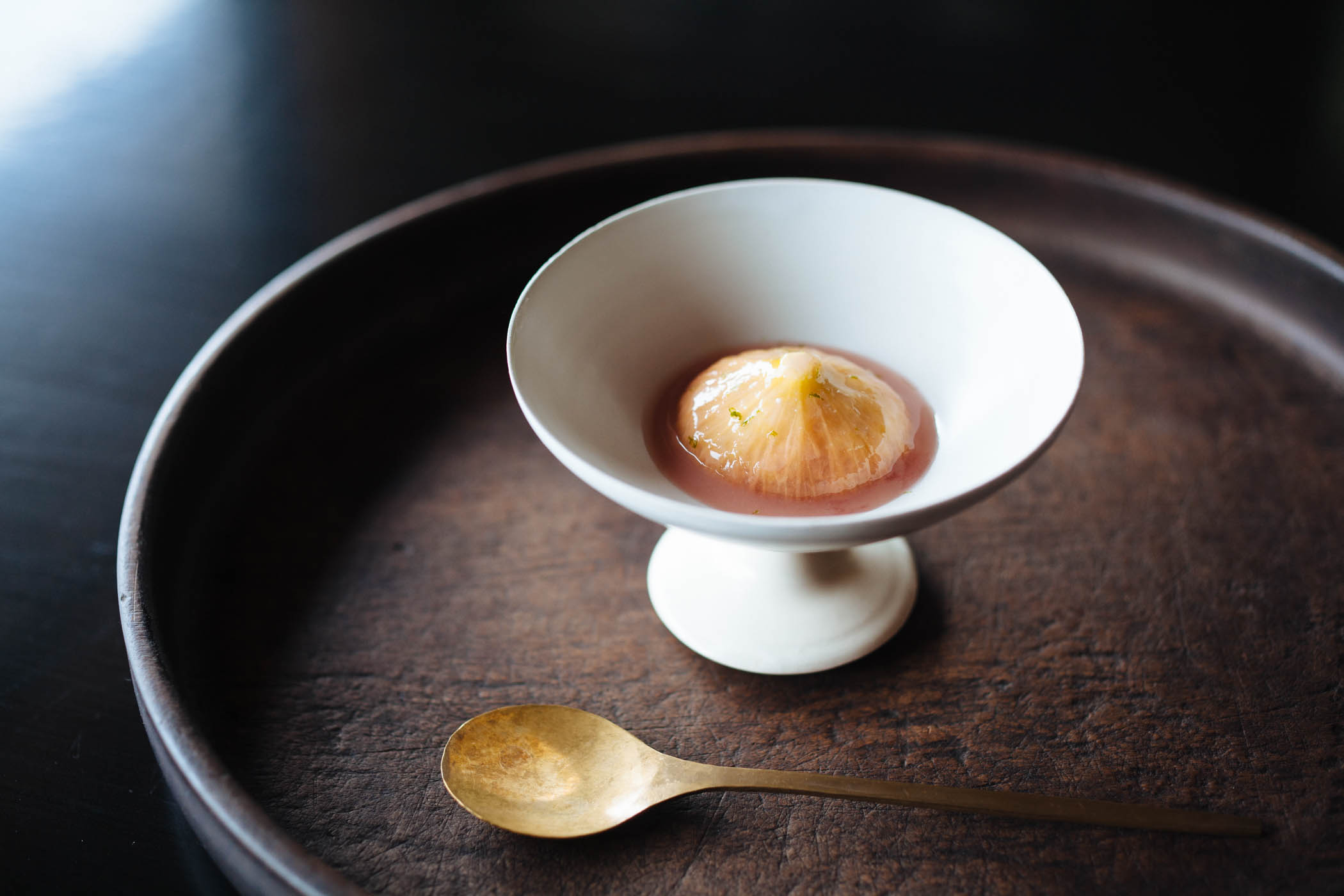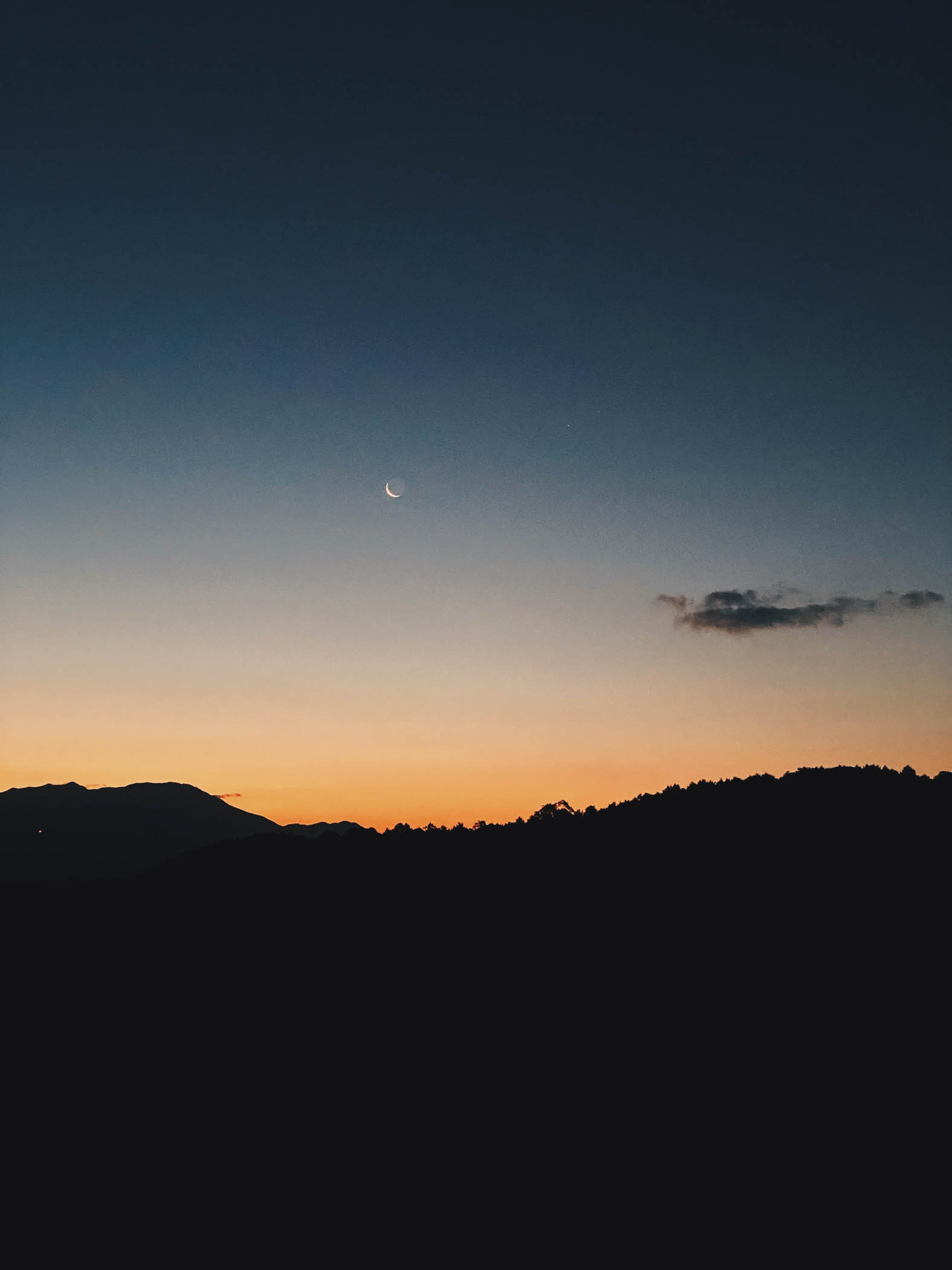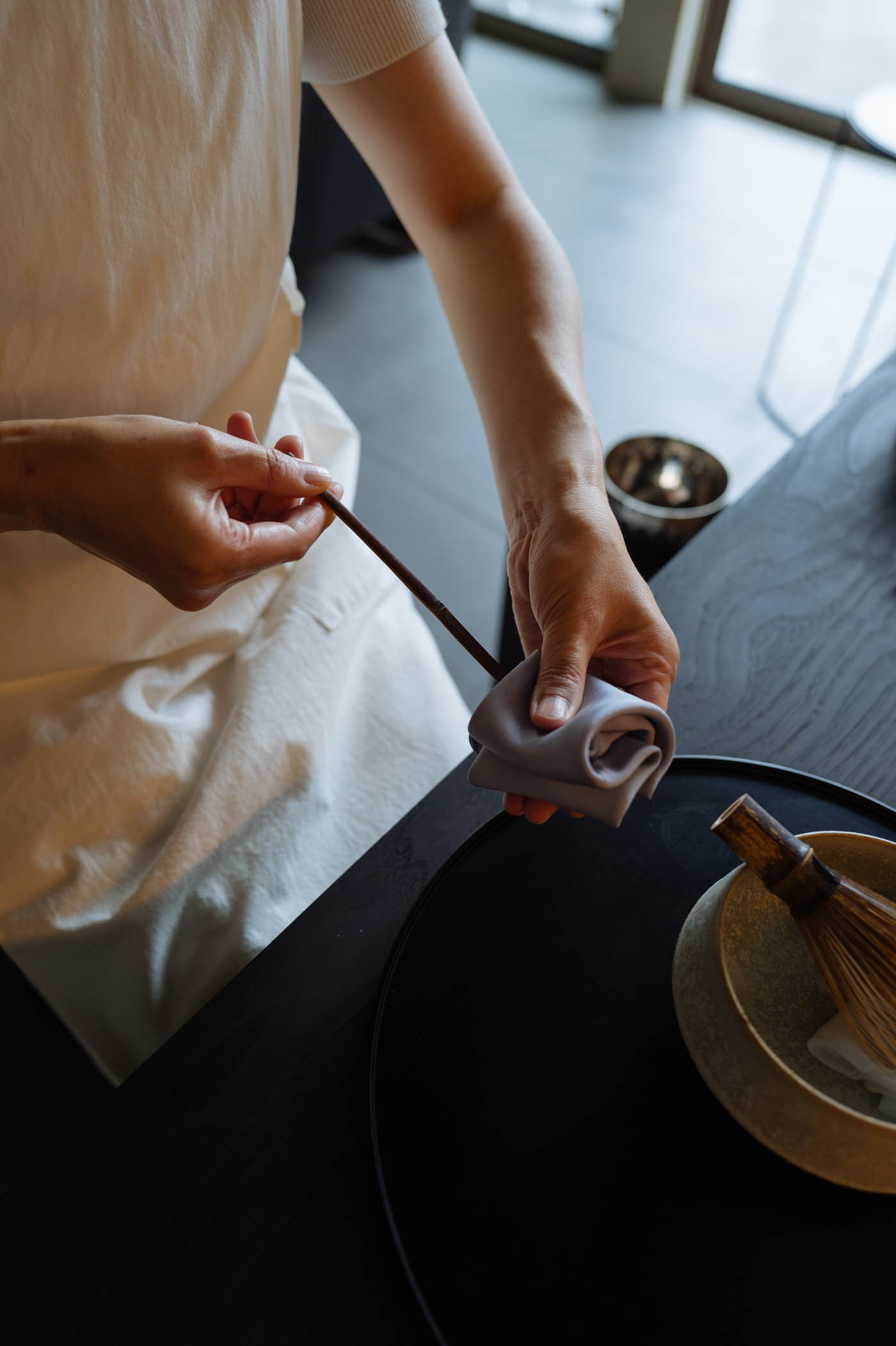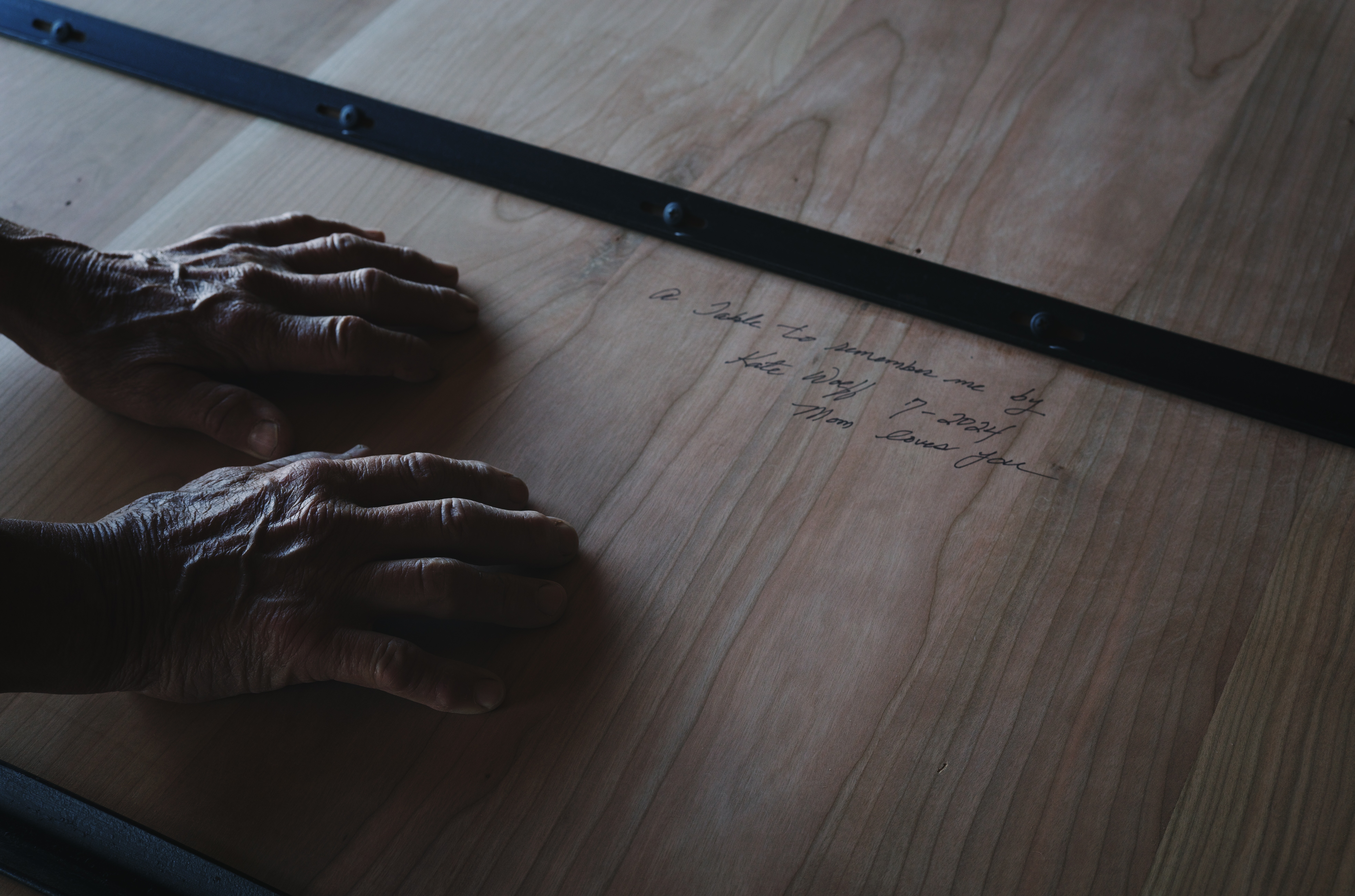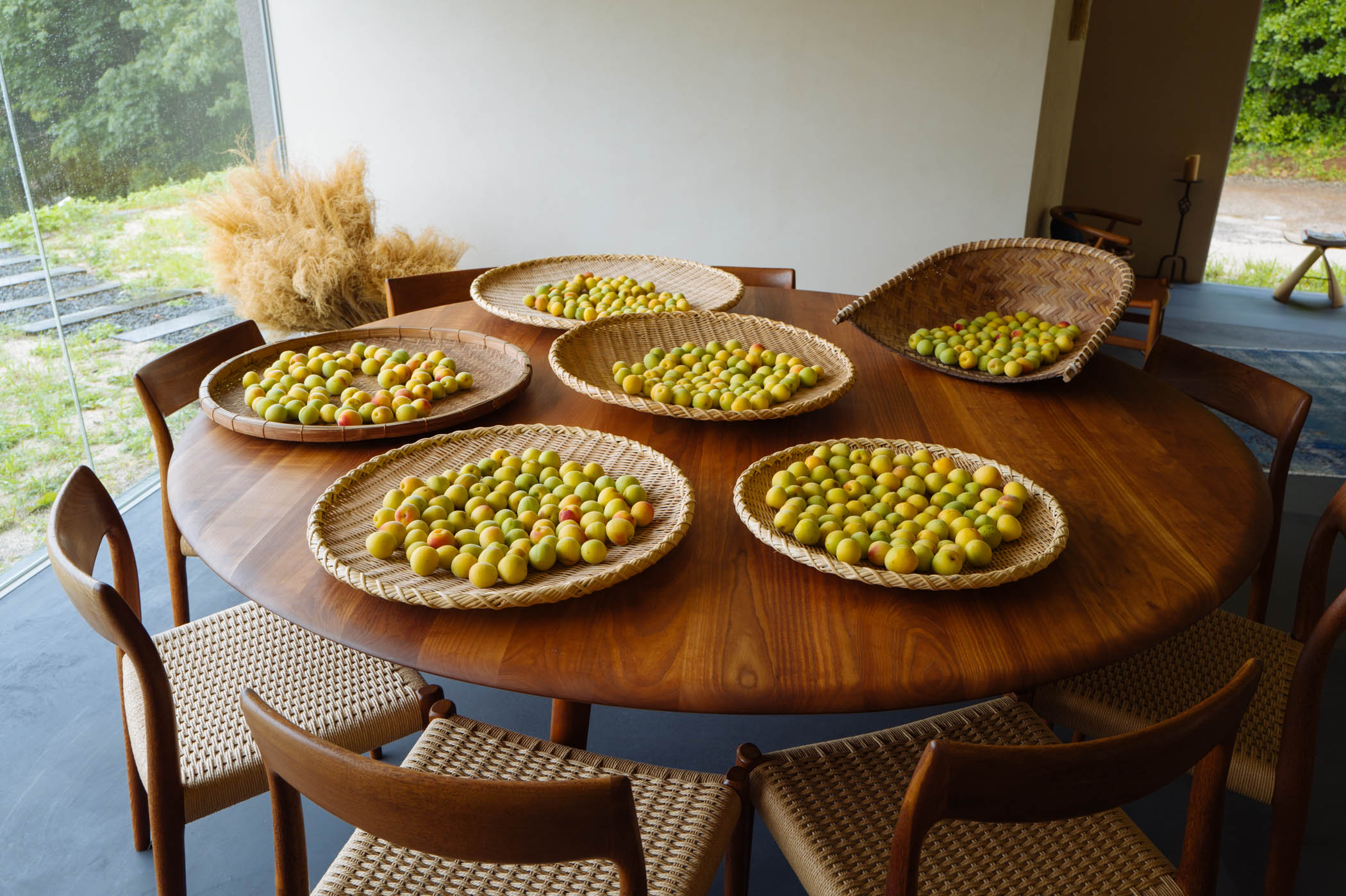Bringing a wild harvest to the table
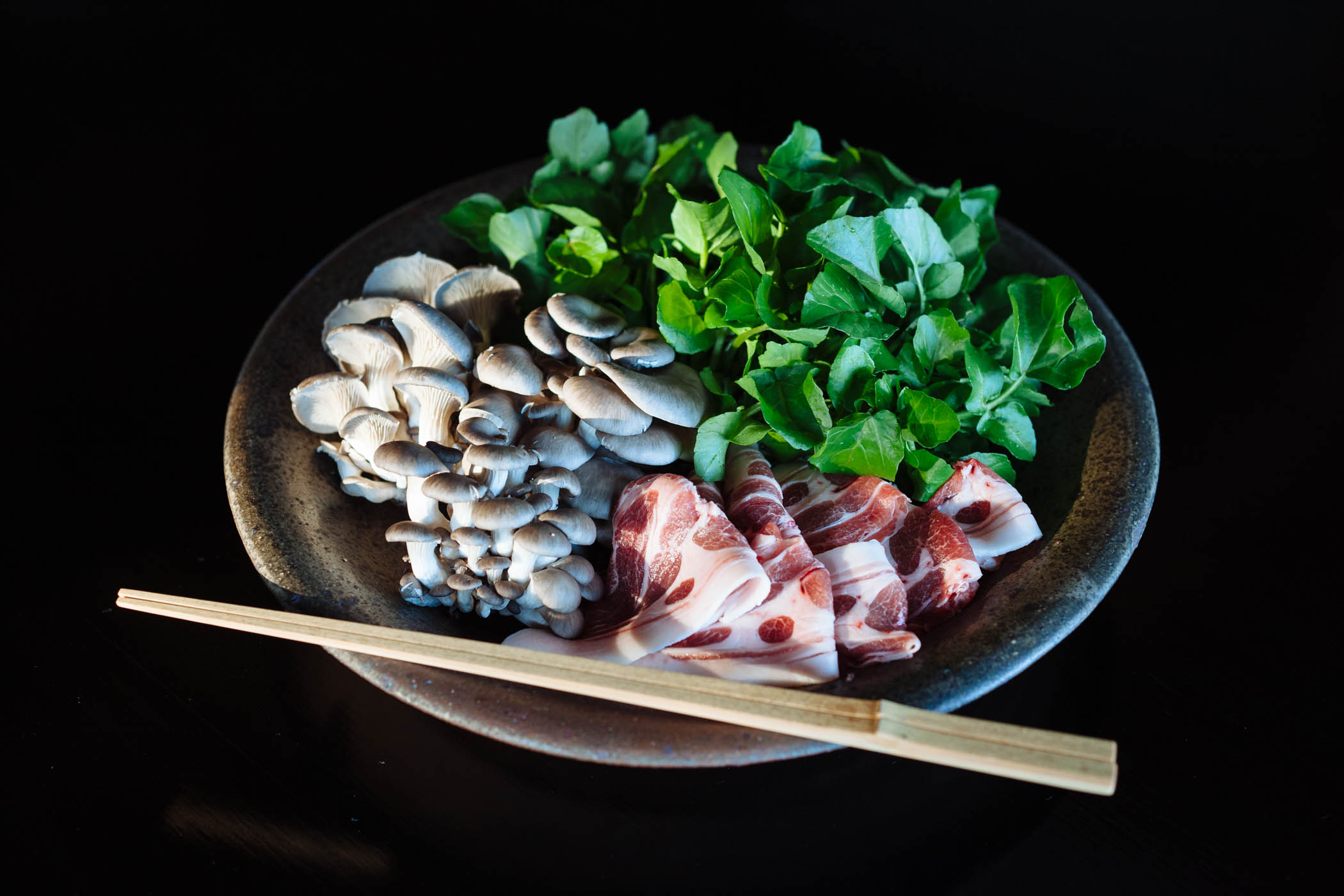
The stately magnolia in the yard tracks the length of the night, the temperature of the air and the humidity of the soil around its roots, and when all is right the buds split and fat white petals unfold. This tree better indicates the season’s progress than any date on a calendar and so I watch it closely because when it’s in full bloom I know that the wild watercress is at its prime. Watercress, once known in Japan as oranda garashi (Dutch mustard), or mizu garashi (water mustard), today takes its name from French and is called kureson. As the names indicate, it isn’t native to Japan but it flourishes in the sandy soil of clear, shallow streams that run the perimeter of rice paddies. Though I often see cars parked on the side of the road and people roaming the hills in search of tsukushi or other seasonal sansai, I have never encountered foragers wading in these streams to gather watercress. The leaves are broad and soft, cool and almost rubbery to the touch. Crouching in the stream I pinch leafy heads from here and there as though thinning a baby lettuce patch. The crisp young leaves smell of nasturtiums and tingle on the tongue with a faint peppery bite while the tender stems snap between the teeth like pea shoots. Watercress appears as the first bountiful leafy green of the year and we pile them raw alongside grilled wagyu or in salads. But it’s best wilted in a hot pot of broth.
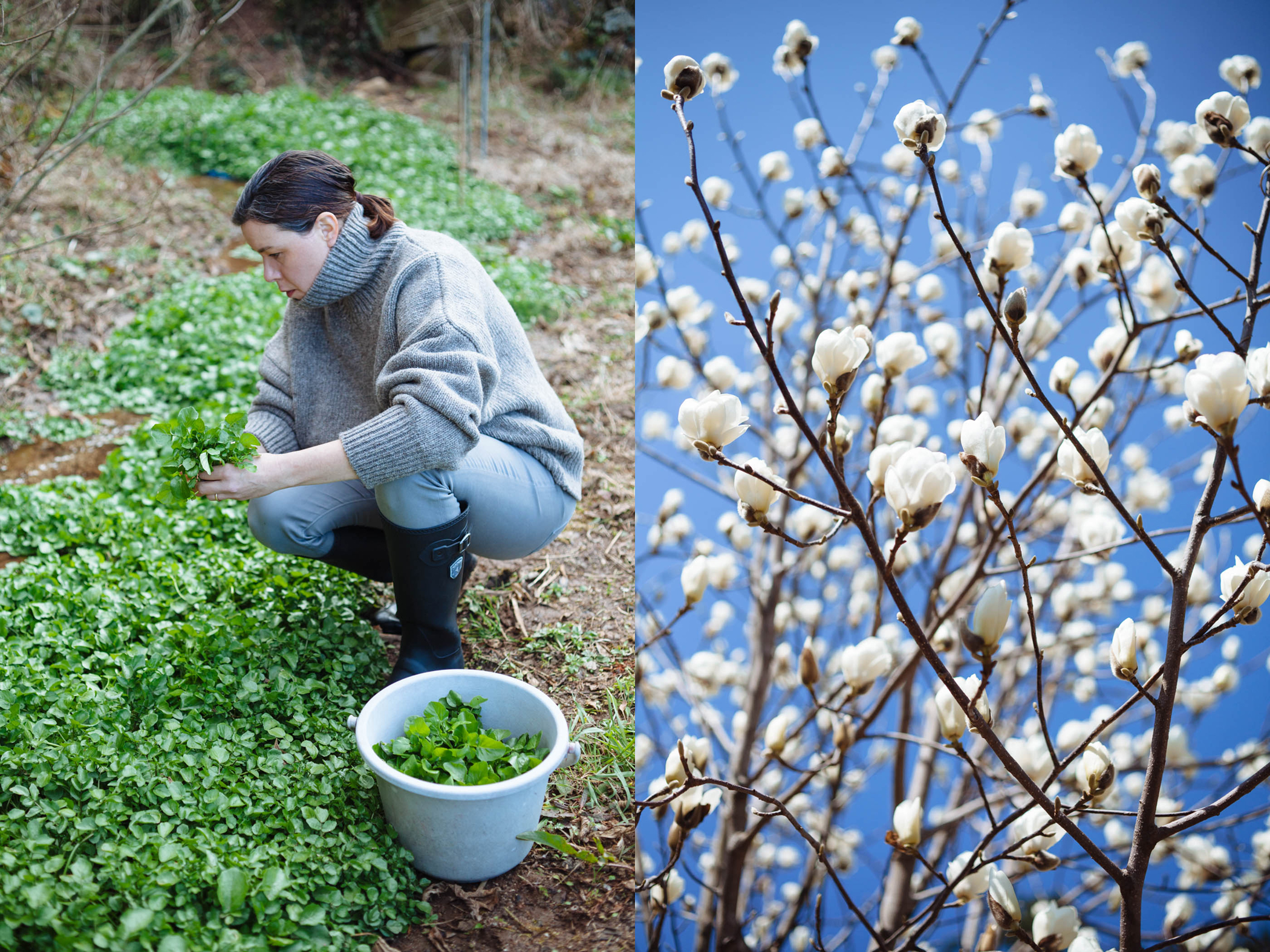
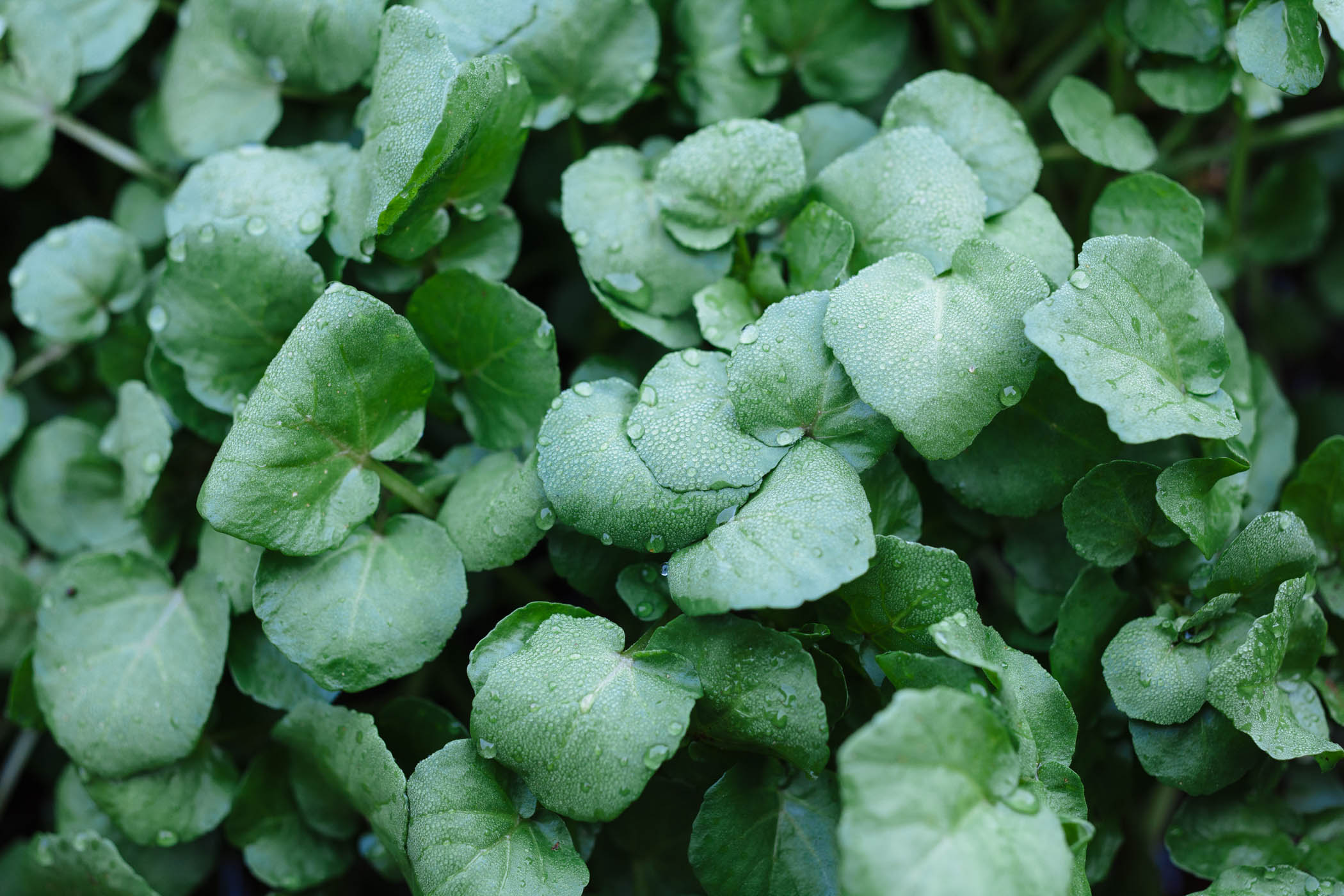
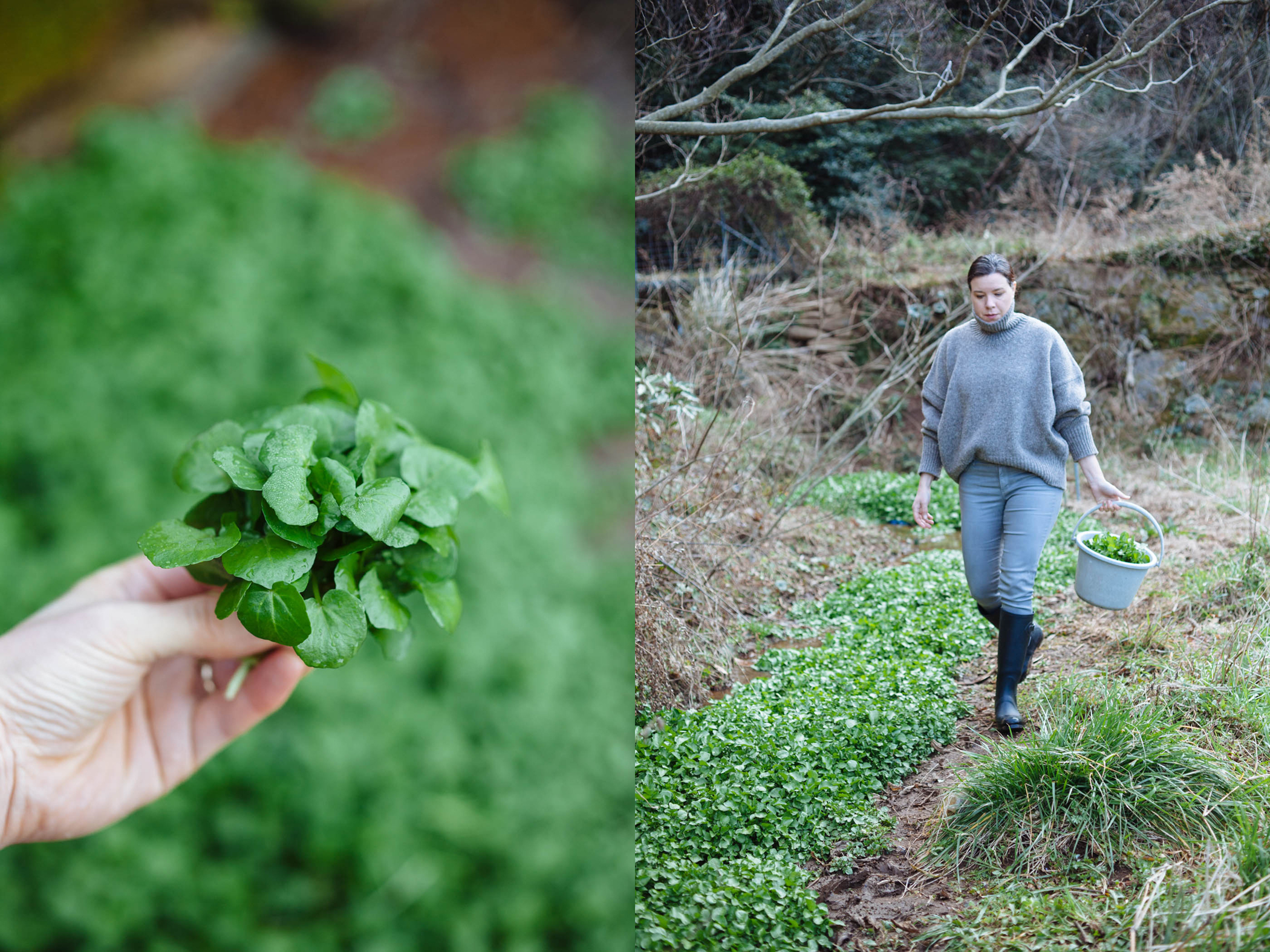
Throughout the month of March, the lion and the lamb dance. Strong spring winds blow and cold rains fall. Mist grazes the treetops. The communal dish nabe warms us from the inside throughout damp, bone chilling winters and is just as good on a chilly March evening. I set a steaming pot of broth atop a portable burner on the table and arrange the items we’ll cook at the table. Alongside beautiful shimeji mushrooms and wild watercress collected just moments ago I layer slices of inoshishi, wild boar hunted by a family friend. The meat is ruby red where it meets a wide swath of the most flavorsome pearly fat.

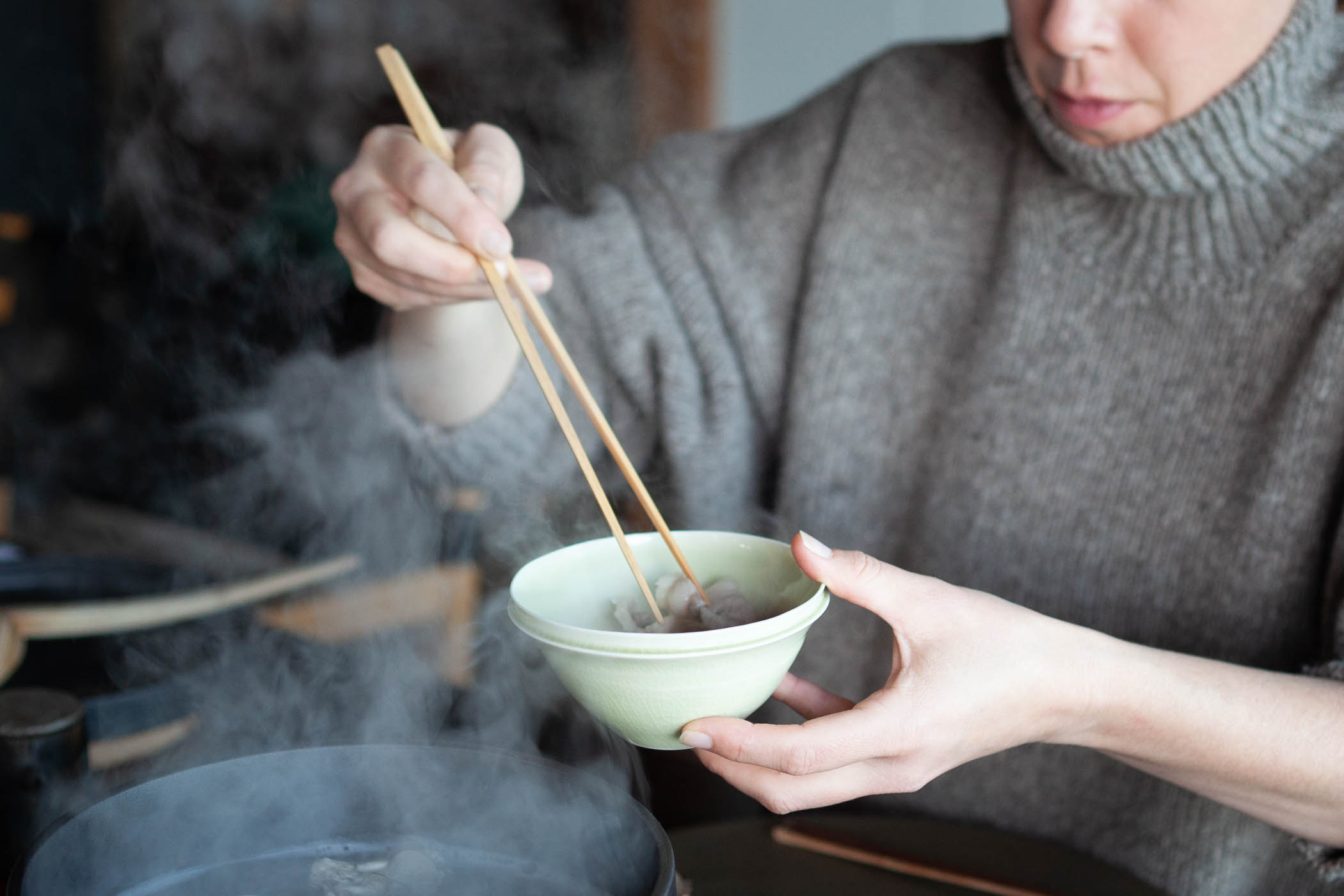
I set a few mushrooms to simmer for a spell while we sip sake warmed on the wood stove. Lowering the heat, I gently nudge one strip of inoshishi per person followed by a handful of watercress through the steaming broth. As soon as the meat’s pink fades and the watercress wilts, I dole them out into our dishes. I send another batch through the broth and this time ladle out the mushrooms as well. We continue like this, adding ingredients only a few at a time and eating one small, piping hot portion after another of perfectly simmered ingredients. With each pass of mushrooms and meat, the broth grows more and more flavorful. The wilted watercress leaves are clean and bright against the warm rich broth. This humble pot of broth and perfectly simmered fare gathered from the wild soothes us on a chilly spring evening. Twilight deepens outside and the white magnolia blossoms glow against a darkening sky. Soon we”ll cross the vernal equinox when darkness and light equalize, and soon the scale will tip towards brighter times.
